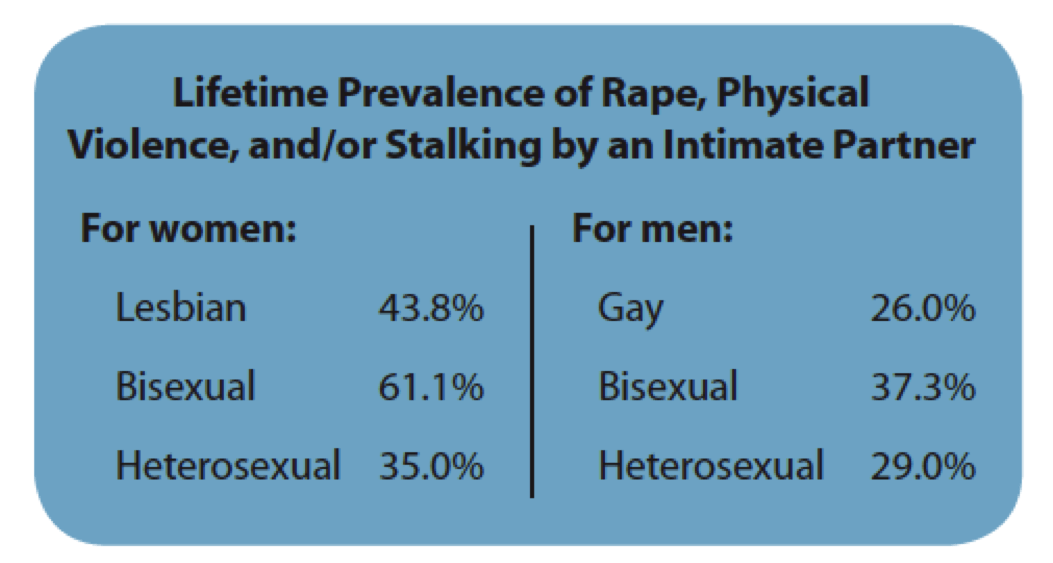


The Human Rights Campaign suggests that teachers integrate LGBTQ people and topics into the classroom. Integrate LGBTQ Topics into the Curriculum Teaching Tolerance provides an activity guide to help teachers handle remarks like this in the classroom. It's important for teachers to let students know that such speech is unacceptable. Students of all ages sometimes use homophobic words or expressions in the classroom. GLSEN provides lesson plans on bullying, bias, and diversity that teachers can use to help educate their students. GLSEN reports that research has shown "LGBTQ youth face bullying at significantly higher rates than their peers, and the consequences, such as increased rates of suicide, can be heartbreaking."Įducators can help change that. Offering to start such a group at your school or becoming an advisor for an existing one can help ensure that students have positive experiences at school. They can also ensure that school policies and curriculum are inclusive. The AFT points out that school-based extracurricular groups have the "potential to shape school climate, address inequality, and affect student performance." LGBTQ student organizations show great promise in "reducing discrimination against LGBTQ students, promoting their well-being, and fostering safe and affirming school environments." These groups provide support for LGBTQ students, and they can help create awareness in schools and help to counteract discrimination. Start an LGBTQ Organization at Your School Teaching Tolerance notes that a safe zone sign posted in your classroom or office "signals to LGBTQ youth that you've got their backs." 2. The Gay, Lesbian and Straight Education Network's (GLSEN) biennial National School Climate Survey revealed that "the safe space campaign, like enumerated antibullying policies, makes a tremendous difference in LGBTQ students' perceptions that their schools are safe and that their teachers are adults they can trust." My students have told me that seeing the sticker on my door just makes them feel better. In addition, the AFT states that safe zone stickers let students know that teachers, counselors, and administrators are "open to discussion of LGBTQ issues in the context of classwork or just in conversation."įurther reading: New Types of Extracurricular Activities: The Culture Club This lets students know that you're LGBTQ-friendly, and are willing to challenge anti-LGBTQ language or harassment. You can designate your classroom a "safe zone" through stickers or posters on your classroom door. After all, as the American Federation of Teachers (AFT) notes, "public schools often lead the way for the broader society in modeling inclusiveness and pluralism." Here are some steps teachers can take to ensure LGBTQ students feel safe, welcome, and included in their classrooms. It's important for schools to be welcoming places for all students.

The odds are that all classrooms include LGBTQ students, although many aren't yet comfortable being open about their sexualities or gender identities. During the past school year, two different people told me they decided to become teachers in part because they hoped to support LGBTQ (lesbian, gay, bisexual, transgender, and queer/questioning) students.


 0 kommentar(er)
0 kommentar(er)
